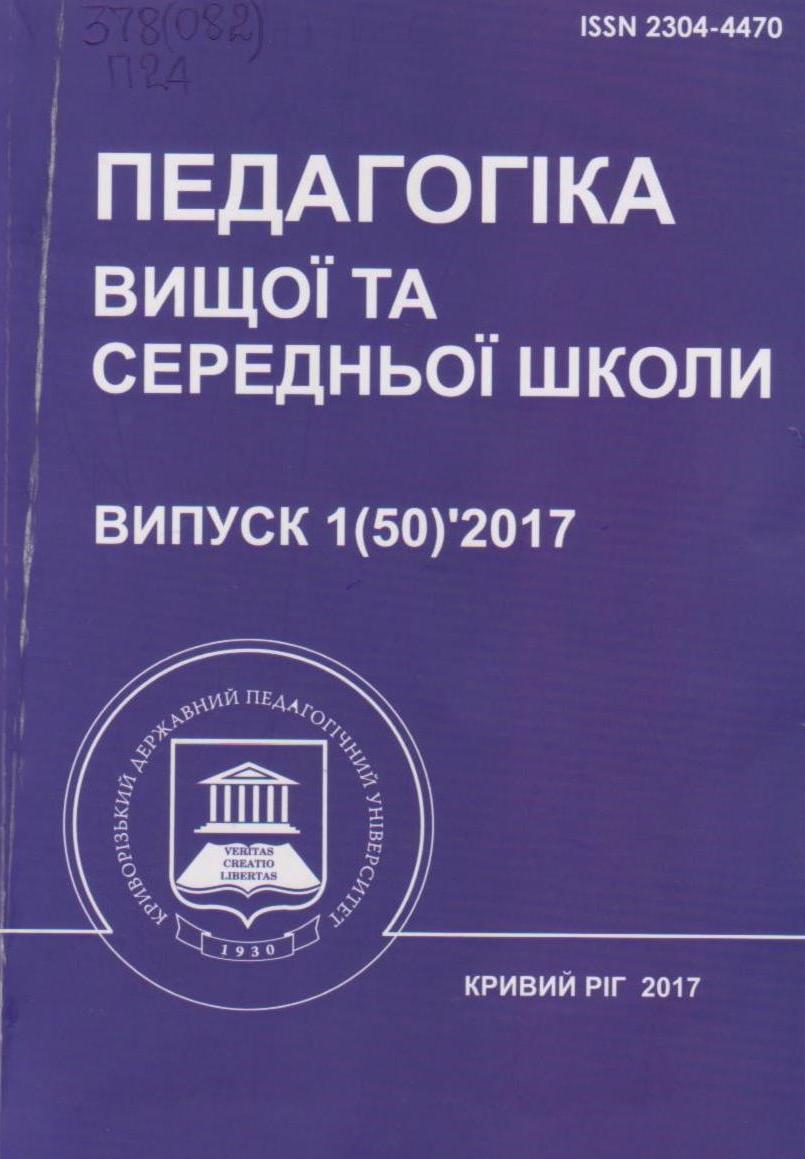Role of the visualization tools in independent work of students-philologists
DOI:
https://doi.org/10.31812/pedag.v50i0.1288Keywords:
independent work of student-philologist, visualization tools, Internet resources, multimedia, presentations, video materials, information and communication technologiesAbstract
The article determines the role of visualization tools in the independent work of a student-philologist. It attempts to generalize the experience of using traditional and new visualization tools connected with the implementation of information and communication technologies in the learning process. The main focus is on the ability of students to use Internet resources and multimedia. The purpose of the article is to describe the psychological and pedagogical foundations and generalize the experience of using visualization tools in the independent work of a student-philologist. It has been proved that due to the electronic means of visualization, the emotional-figurative system of thinking is activating, the thought patterns are retaining in the long-term memory of the student-philologist, professional skills are forming, the level of computer literacy is increasing, and abilities to work with the program Microsoft PowerPoint are developing. Modern visualization tools offered by Internet resources expand the student's opportunities during the independent work, focus on the theatrical performance and screen adaptation of works, which is mandatory for textual study. The visual row is created in film images, it fixes them in memory of the student, transfers color of an era, enhances the impression and emotional-aesthetic perception. The presentation prepared by the student-philologist which created on bright visual images and sound design, activates the student during independent work, enriches imagination, forms a wide-ranging associative field, provides mobilization of complex thinking. The independent work is checked on consultations. Students implement the exchange of professional information on different subjects and such activity helps to facilitate its assimilation. The scientific and practical conference closes independent work, which presents the best materials independently acquired by students, whose goal is to generalize knowledge of the subject and to reveal the students' skills to compactly submit them with the help of multimedia presentation. Simple and complex means are singled out among the visualization tools; preference is given to the presentations, electronic audio and video materials, educational films and the screen version of works from curriculum that increase the efficiency of the independent work of a student philologist, influence his linguistic literacy, form a harmonious personality, that is ready for future pedagogical activity in accordance with the requirements of the time.
Downloads
References
Барабанова Г. В. Когнітивна візуалізація іншомовного професійно орієнтованого тексту в навчальних цілях / Г. В. Барабанова // Вісник ЛНУ ім. Тараса Шевченка. – 2013. – № 9 (268). – Ч. 2. – С. 251–257.
Житєньова Н. В. Сутність візуалізації в навчальному процесі / Н. В. Житєньова // Зб. наук. праць Кам’янець-Подільського національного університету ім. Івана Огієнка. – 2013. – Вип. 19. – С. 18–21. – (Серія : Педагогіка).
Макарова Е. А. Визуализация как интроекция смыслообразов в ментальное пространство личности : [монография] / Е. А. Макарова. – Москва : Спутник+, 2010. – 170 с.
Тхорів Н. М. Використання програми Microsoft Office PowerPoint для візуалізації навчального матеріалу з філологічних дисциплін / Н. М. Тхорів // Сучасні інформаційні технології та інноваційні методики навчання у підготовці фахівців : методологія, теорія, досвід, проблеми. – 2013. – Вип. 36. – С. С. 430–433.
Downloads
Published
Issue
Section
License
Copyright (c) 2017 Лариса Борисівна Стрюк

This work is licensed under a Creative Commons Attribution 4.0 International License.




